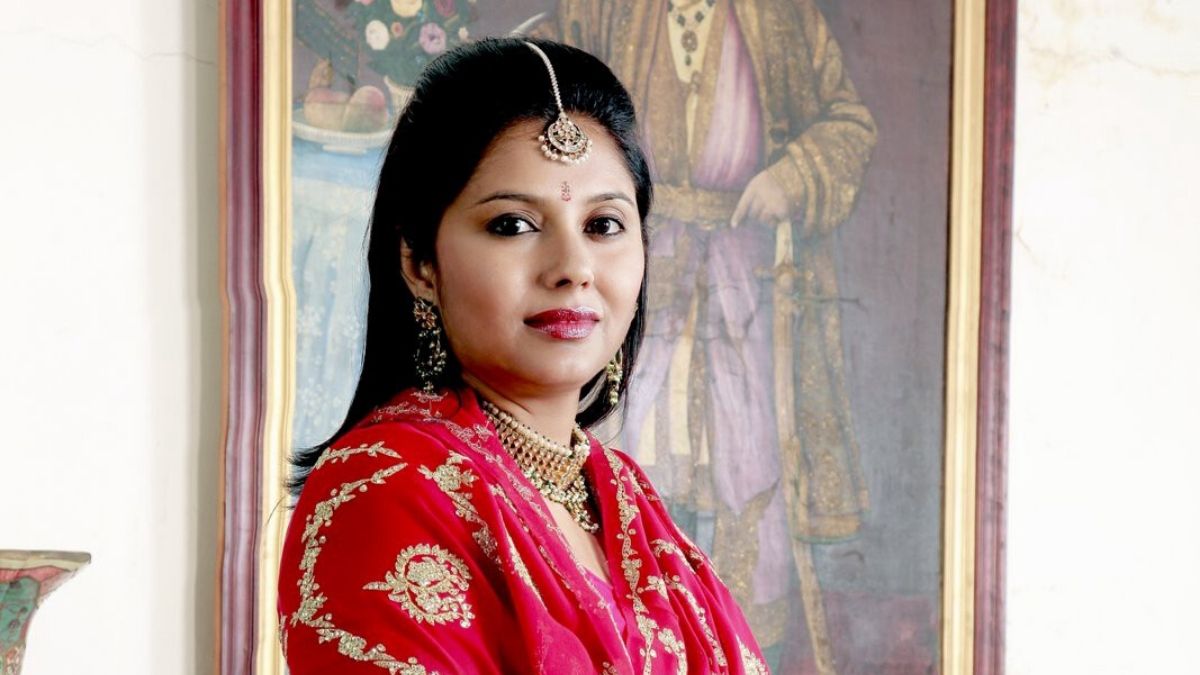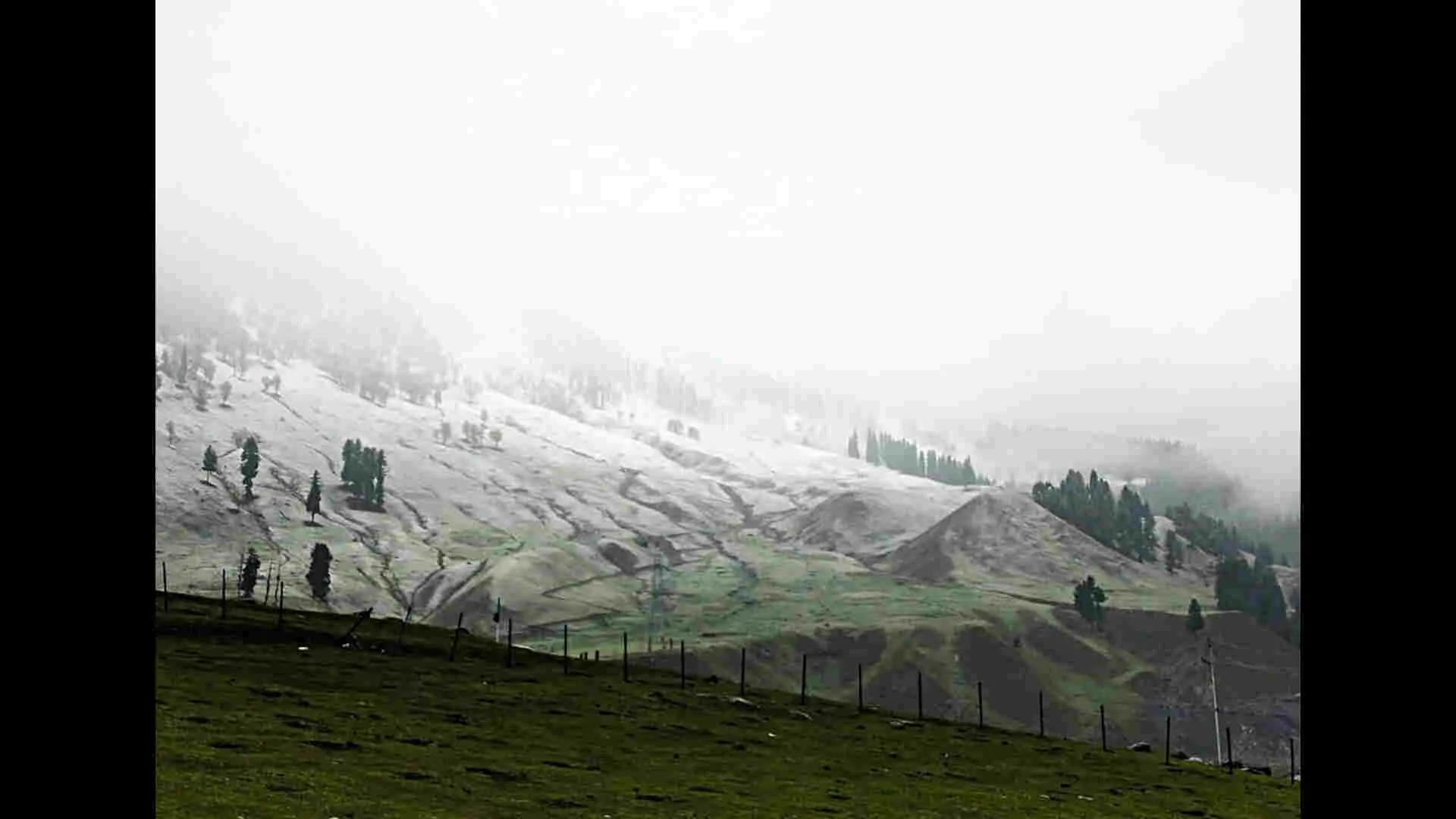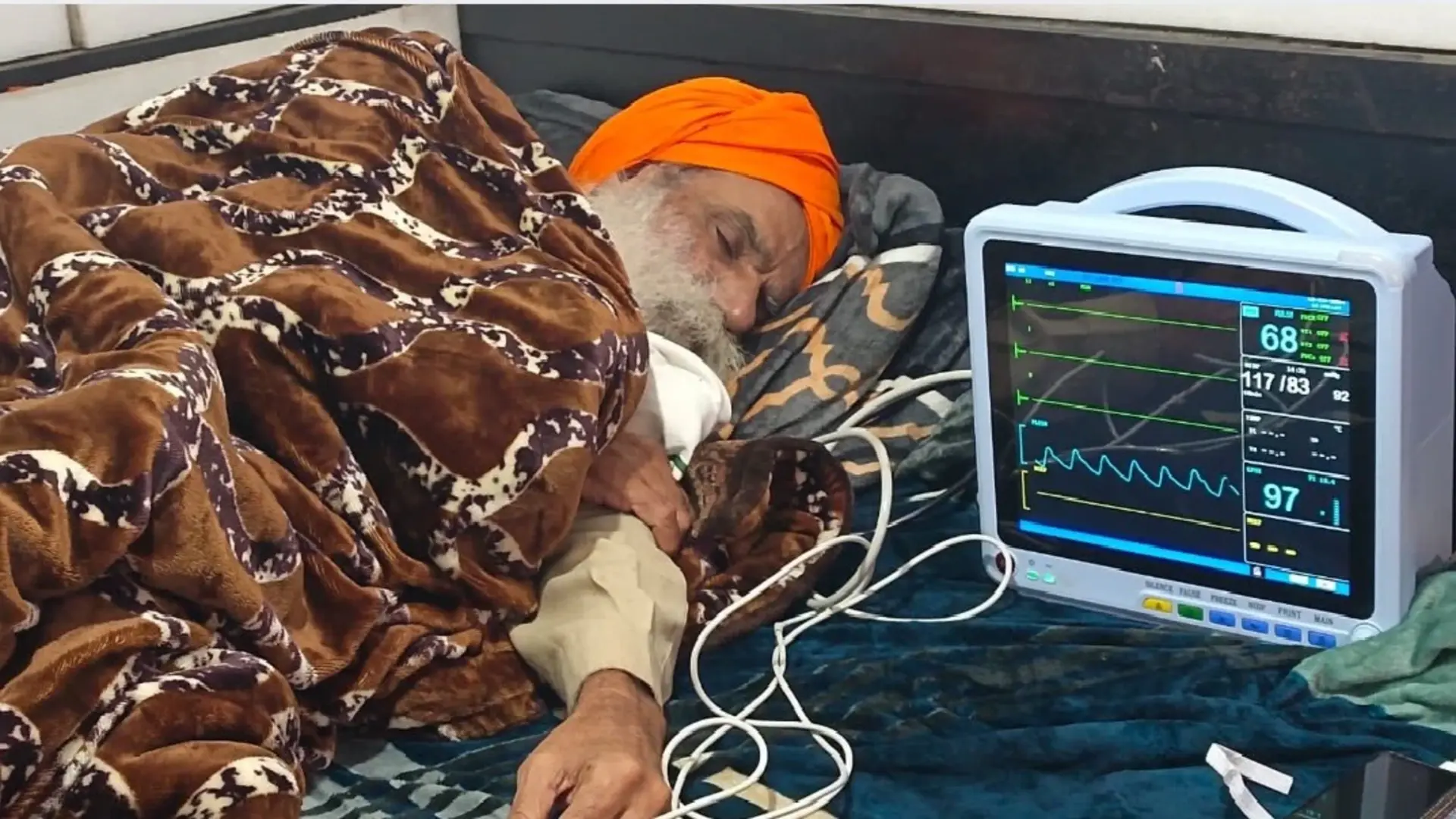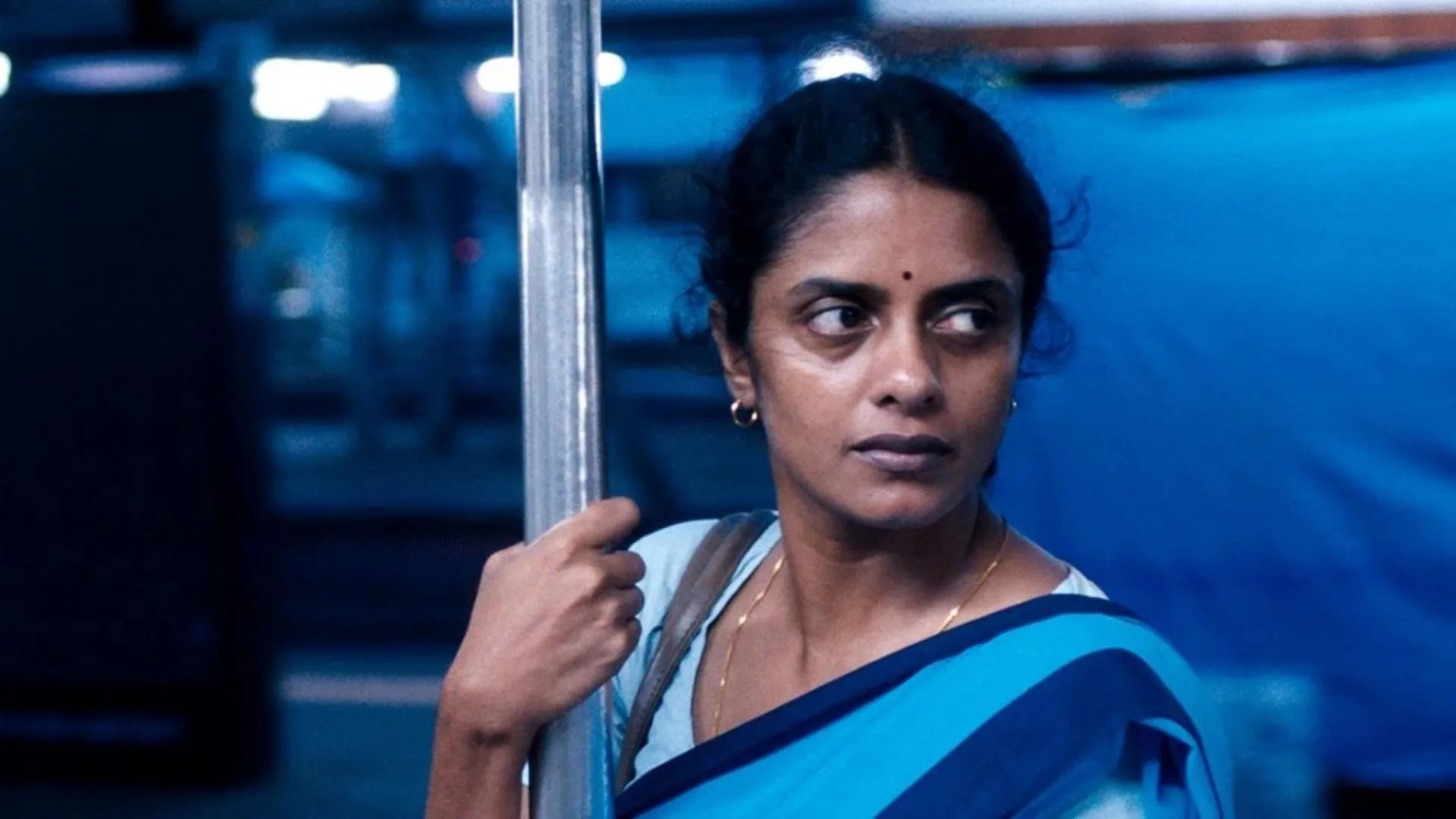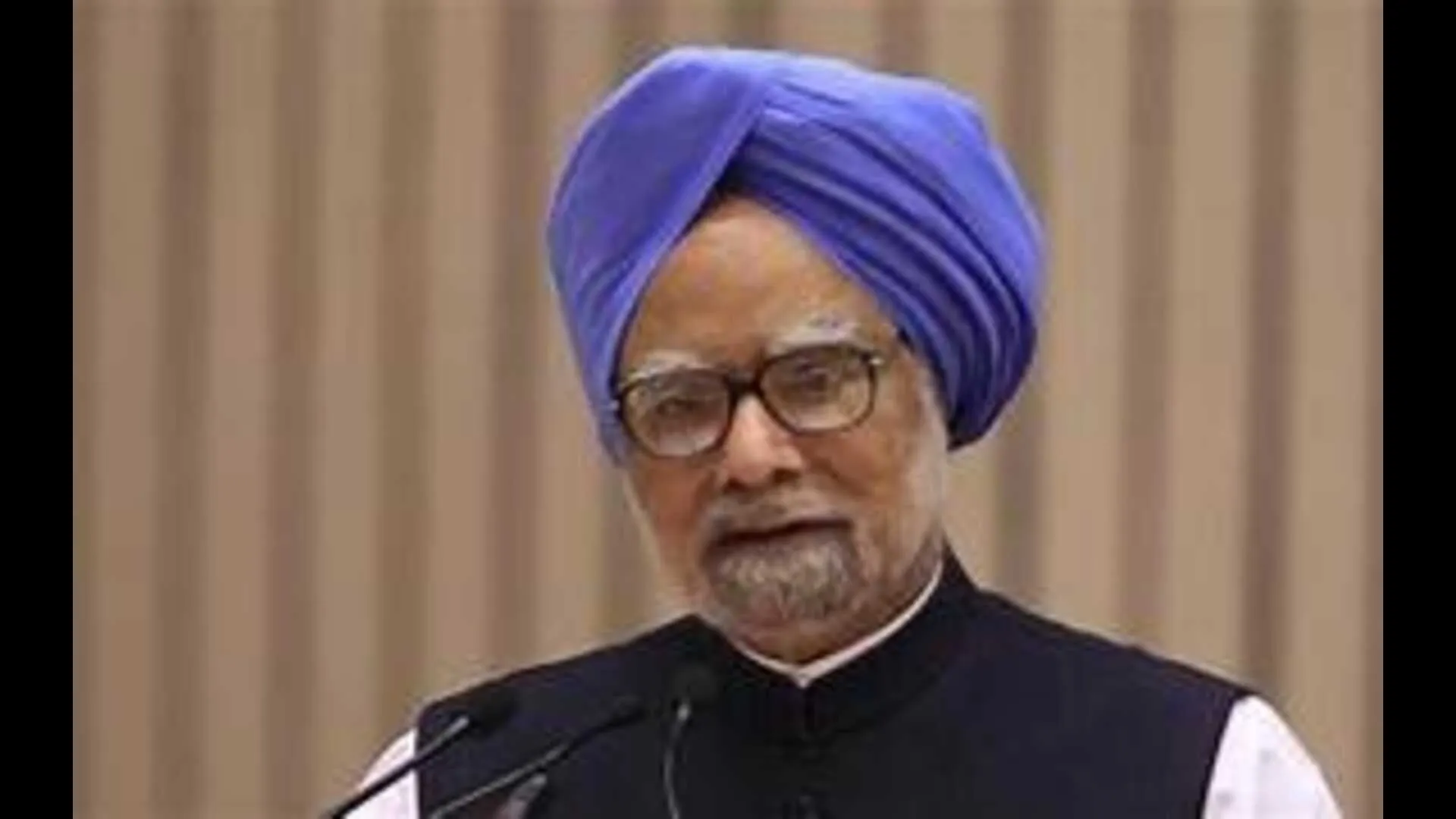A sailana princess, Shailaja has to her credit the promotion of not just the famed cuisine of her parental state but also a mastery over the famed Dham cuisine heritage that her in-laws inherited. Married to Raja Aishwarya Katoch of Kangra-Lambagraon, she hails from a very enviable lineage that connect her by blood to leading princely states. Her mother is the princess of Jaisalmer, her mother-in-law is Rajmata Chandresh Kumari, the sister of H.H. Maharaja Gaj Singh of Jodhpur.
Her maternal home, Sailana Palace, is known for its majestic minarets and arches and the most thriving cactus garden, with many trees going as high as 7 feet. The royal family of Sailana are Rathore Rajputs and descendants of Maharaja Uday Singh of Jodhpur. During the reign of the British, the family was well-known for its hospitality and cuisine. In order to preserve this legacy, the current royal family has painstakingly restored their palace, which is now open to visitors. The family also looks after the recently opened palace museum and the famous Sailana cactus garden, the oldest in India. They also work to preserve their culinary culture, which has been handed down through three generations of master chefs.
Raja Digvijay Singhji, Shailaja’s great grandfather, was the first to publish very precise recipes in the famous cookbook ‘Cooking Delights of the Maharajas’. Apart from being a celebrated gourmet, he was also a well-known plant collector. It was he who started the famous cactus and rose gardens in Sailana. Legend has it that he would painstakingly go to every royal home with his measures and chronicle a precise recipe. So perfect are his recipes that even a novice can ace it. The book can be found in many State homes of Governors and Ambassadors across the globe. In fact, when they bombed Saddam Hussein’s house, the book was found in his home as well.
Shailaja, on marrying Aishwarya, was gifted the kitchen copy of the Sailana recipe book. With her, she took the famed narangi chicken that is flavoured with peels of oranges, the Sailana dal that must be had with jaggery, or the chicken pasanda, besides a myriad mithai recipes that Sailana is revered for.
Her husband’s state of Kangra, meanwhile, holds the tradition of temple cuisine very strongly. Cooked only by Botis (a particular caste of Brahmins who are hereditary chefs), dham is an elaborate mid-day meal cooked in brass called “Batohi”, “Baltohi” or “Charoti” in local languages. It is served in courses and includes plain aromatic rice, fried pulses or dal, a spicy vegetable curry of rajma called Madra, and many desserts to satisfy one’s appetite.
The typical menu for Dham would start with rice and a madra of Rajma (red kidney or Chole, which is cooked in yoghurt, which is prepared in unique style by adding approximately twenty spices. This is followed by mash dal, topped by Khatta (sweet and sour sauce) made of tamarind and jaggery, Paneer made by adding dahi and butter, Curry, Mukand Bari, Chohraiyan ka Khatta. The dham ends with the Mitha Bhaat (dessert) (Bhaat means rice in Himachali language) – Mithdee, a particular dish of sweet rice (made of boondi or bread crumbs etc.)
The Kangra royal family is known to also have provided patronage to miniature artists who migrated from Mughal courts to work in the palace of Maharaja Sansar Chand, possibly the most progressive ruler of Himachal Pradesh. Under Maharaja Sansar Chandra of Kangra, the greatest patron of paintings in the Punjab hills, more than 40,000 Kangra miniature paintings were commissioned. These paintings were highly valued even at the time of their commissioning. Master artists like Bihari, Jaya Deva and Keshav Dass brought them to their beauty. Under the Katoch’s patronage their descendants are still practicing the old art of Kangra paintings).
The Royal Family of Kangra has dedicated their museum to honour Maharaja Sansar Chandra, their ancestor, whose reign was known as the golden age of Kangra. The invasion of Delhi in A.D. 1739 by Nadir Shah caused unrest in the Imperial court of Delhi. This resulted in the migration of some artists from Delhi to courts of hill rulers. Two states, which patronised the artists, were Bhasoli and Kangra – in these States flourished the pahari style of painting. Shailaja, besides cuisine also works hard to keep the miniature art of pahadi paintings alive.

